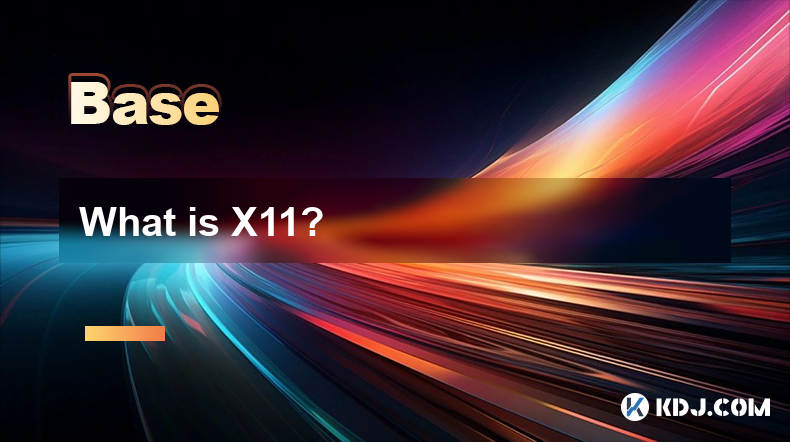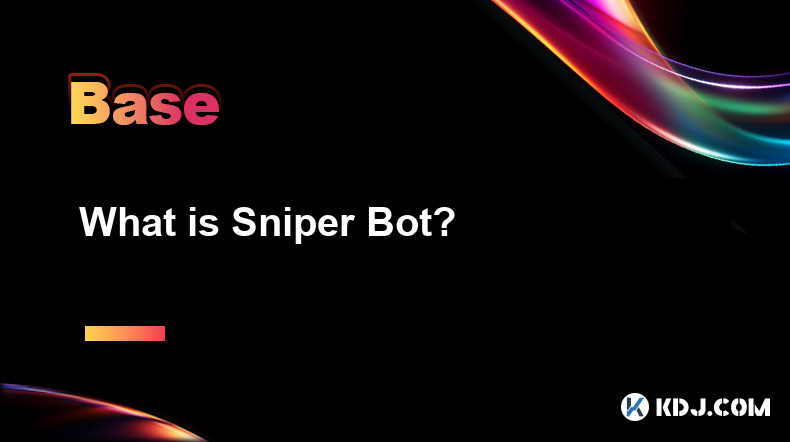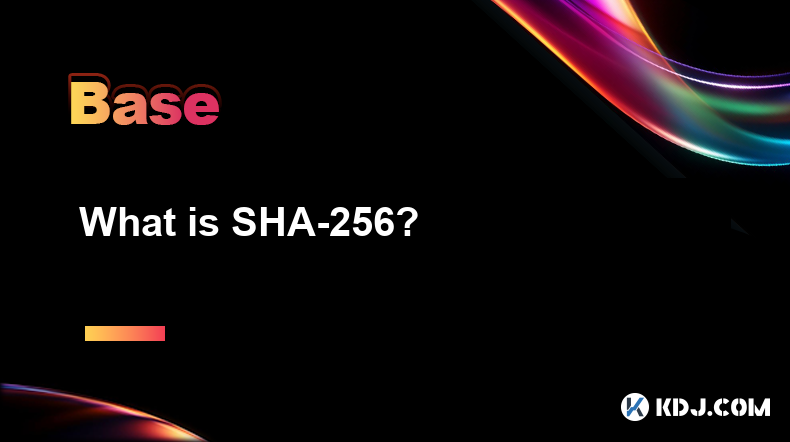-
 Bitcoin
Bitcoin $78,719.1829
-3.27% -
 Ethereum
Ethereum $1,555.6393
-8.17% -
 Tether USDt
Tether USDt $0.9995
-0.01% -
 XRP
XRP $1.9005
-7.17% -
 BNB
BNB $553.9917
-2.70% -
 USDC
USDC $1.0000
0.01% -
 Solana
Solana $106.4945
-5.56% -
 Dogecoin
Dogecoin $0.1481
-6.60% -
 TRON
TRON $0.2277
-4.32% -
 Cardano
Cardano $0.5771
-6.44% -
 UNUS SED LEO
UNUS SED LEO $8.9243
-0.54% -
 Toncoin
Toncoin $3.0300
-7.27% -
 Chainlink
Chainlink $11.3912
-4.90% -
 Stellar
Stellar $0.2317
-6.96% -
 Avalanche
Avalanche $16.8853
-0.30% -
 Shiba Inu
Shiba Inu $0.0...01137
-2.71% -
 Sui
Sui $2.0234
-0.48% -
 Hedera
Hedera $0.1485
-1.39% -
 MANTRA
MANTRA $6.2788
2.86% -
 Polkadot
Polkadot $3.6133
-5.33% -
 Bitcoin Cash
Bitcoin Cash $275.5372
-5.26% -
 Dai
Dai $1.0000
0.01% -
 Litecoin
Litecoin $71.0772
-7.05% -
 Ethena USDe
Ethena USDe $0.9985
-0.03% -
 Bitget Token
Bitget Token $4.0789
-4.48% -
 Pi
Pi $0.5848
-4.08% -
 Monero
Monero $200.0280
-1.59% -
 Hyperliquid
Hyperliquid $11.1085
1.36% -
 Uniswap
Uniswap $5.1037
-6.12% -
 OKB
OKB $51.2860
-0.94%
What is X11?
X11, used in Dash and other cryptos, is a secure, energy-efficient hash function with 11 algorithms, making it resistant to ASIC mining and accessible to more users.
Apr 07, 2025 at 09:22 pm

What is X11?
X11 is a cryptographic hash function used in various cryptocurrencies, most notably in the Dash cryptocurrency. It is designed to provide a high level of security and efficiency, making it a popular choice for blockchain networks. The X11 algorithm is unique because it uses a chain of 11 different hashing algorithms, which enhances its security and makes it more resistant to ASIC (Application-Specific Integrated Circuit) mining.
The Origins of X11
The X11 algorithm was developed by Evan Duffield, the founder of Dash, in 2014. The primary goal was to create a mining algorithm that would be more energy-efficient and less susceptible to centralization by ASIC miners. By combining multiple hashing algorithms, X11 aimed to level the playing field and allow more individuals to participate in the mining process using standard hardware.
How X11 Works
The X11 algorithm operates by sequentially applying 11 different cryptographic hash functions to the input data. This multi-layered approach not only increases the complexity of the hash but also distributes the computational load across different algorithms. The 11 hash functions used in X11 are:
- Blake
- Bmw
- Groestl
- Skein
- Jh
- Keccak
- Luffa
- Cubehash
- Shavite
- Simd
- Echo
Each of these functions contributes to the overall security and efficiency of the X11 algorithm. The output of one function becomes the input for the next, creating a robust chain of cryptographic operations.
Advantages of X11
One of the main advantages of the X11 algorithm is its energy efficiency. By using a combination of different hash functions, X11 can be processed more efficiently on standard hardware, reducing the energy consumption associated with mining. This makes it more accessible to a wider range of users who may not have access to specialized mining equipment.
Another significant advantage is ASIC resistance. The complexity of the X11 algorithm makes it more difficult for ASIC manufacturers to design chips specifically for mining X11-based cryptocurrencies. This helps maintain a more decentralized mining network, as it allows more individuals to participate using CPUs and GPUs.
X11 in Practice: Dash and Other Cryptocurrencies
Dash, formerly known as Darkcoin, was the first cryptocurrency to implement the X11 algorithm. It was designed to provide fast, secure, and private transactions, and the X11 algorithm played a crucial role in achieving these goals. Since its introduction, several other cryptocurrencies have adopted the X11 algorithm, including:
- CannabisCoin (CANN)
- Influxcoin (INFX)
- Startcoin (START)
These cryptocurrencies leverage the security and efficiency of X11 to enhance their blockchain networks and provide a better user experience.
Mining with X11
Mining with the X11 algorithm can be done using both CPUs and GPUs, although GPUs are generally more efficient. Here is a step-by-step guide on how to start mining with X11:
- Choose a mining software: There are several mining software options available that support X11, such as ccminer and sgminer. Download and install the software that best suits your needs.
- Join a mining pool: Mining pools allow you to combine your computing power with other miners to increase your chances of earning rewards. Research and join a reputable X11 mining pool.
- Configure your mining software: Open your mining software and enter the necessary details, such as your mining pool's URL, your wallet address, and any other required settings.
- Start mining: Once your software is configured, start the mining process. Your computer will begin solving cryptographic puzzles using the X11 algorithm, and you will earn rewards based on your contribution to the pool.
Security Considerations with X11
While the X11 algorithm is designed to be secure, it is essential to take additional measures to protect your mining setup and cryptocurrency holdings. Here are some security tips to consider:
- Use strong passwords: Protect your mining software and wallet with strong, unique passwords to prevent unauthorized access.
- Enable two-factor authentication (2FA): Whenever possible, enable 2FA on your mining pool and wallet accounts to add an extra layer of security.
- Keep your software updated: Regularly update your mining software and operating system to protect against known vulnerabilities.
- Monitor your mining activity: Keep an eye on your mining performance and watch for any unusual activity that could indicate a security breach.
Performance and Efficiency of X11
The performance and efficiency of the X11 algorithm can vary depending on the hardware used for mining. Generally, GPUs offer better performance than CPUs when mining with X11. Here are some factors that can affect the efficiency of X11 mining:
- Hash rate: The hash rate of your mining hardware determines how many calculations it can perform per second. A higher hash rate leads to more efficient mining.
- Power consumption: The energy efficiency of your hardware is crucial, as it directly impacts your mining costs. GPUs designed for mining are typically more energy-efficient than general-purpose GPUs.
- Cooling: Proper cooling is essential to maintain the performance and longevity of your mining hardware. Overheating can lead to reduced efficiency and hardware damage.
Frequently Asked Questions
Q: Can I mine X11 cryptocurrencies with a CPU?
A: Yes, you can mine X11 cryptocurrencies with a CPU, although it is less efficient than using a GPU. CPUs are suitable for mining if you have limited resources or want to experiment with mining without investing in specialized hardware.
Q: Are there any risks associated with mining X11 cryptocurrencies?
A: Like any form of cryptocurrency mining, there are risks involved with mining X11 cryptocurrencies. These include the potential for hardware failure, electricity costs, and the volatility of cryptocurrency prices. It's important to research and understand these risks before starting to mine.
Q: How does X11 compare to other mining algorithms like SHA-256 and Scrypt?
A: X11 is designed to be more energy-efficient and ASIC-resistant compared to SHA-256, which is used by Bitcoin. Scrypt, used by Litecoin, is also designed to be more ASIC-resistant but is less energy-efficient than X11. Each algorithm has its strengths and is suited to different types of cryptocurrencies and mining setups.
Q: Can I switch between different X11 cryptocurrencies while mining?
A: Yes, many mining software options allow you to switch between different X11 cryptocurrencies. This can be useful for maximizing your mining rewards based on the current profitability of different cryptocurrencies. However, you will need to configure your mining software to support multiple cryptocurrencies and monitor their performance.
Disclaimer:info@kdj.com
The information provided is not trading advice. kdj.com does not assume any responsibility for any investments made based on the information provided in this article. Cryptocurrencies are highly volatile and it is highly recommended that you invest with caution after thorough research!
If you believe that the content used on this website infringes your copyright, please contact us immediately (info@kdj.com) and we will delete it promptly.
- As clouds gathered over the crypto landscape, a flash tore through the sky: Ethereum, an essential pillar, lost 14% of its value in 24 hours
- 2025-04-08 01:15:11
- The scandal related to ZKasino, a blockchain-based gambling platform, continues to widen
- 2025-04-08 01:15:11
- As We Approach May 2025, Dogecoin (DOGE) Investors Are Facing Uncertainty
- 2025-04-08 01:10:12
- Cryptocurrency markets plunged sharply early Monday, wiping billions from the total market capitalization
- 2025-04-08 01:10:12
- Dogecoin (DOGE) Price Surge Incoming? Analysts Point to Historical Patterns
- 2025-04-08 01:05:12
- Mutuum Finance (MUTM) Token Identified by Algorithms to Deliver Exponential Upside Before 2025
- 2025-04-08 01:05:12
Related knowledge

What is Sniper Bot?
Apr 07,2025 at 10:43pm
A Sniper Bot is a type of automated trading software used within the cryptocurrency market to execute trades at optimal times, often milliseconds before other traders. These bots are designed to take advantage of new token listings, price fluctuations, and other market opportunities to buy or sell assets quickly and efficiently. The primary goal of a Sn...

What is Mining Rig?
Apr 07,2025 at 11:08pm
A mining rig is a specialized computer system designed specifically for the purpose of mining cryptocurrencies. Mining, in the context of cryptocurrencies, refers to the process of solving complex mathematical problems to validate transactions and add them to the blockchain. This process requires significant computational power, and a mining rig is buil...

What is X11?
Apr 07,2025 at 09:22pm
What is X11? X11 is a cryptographic hash function used in various cryptocurrencies, most notably in the Dash cryptocurrency. It is designed to provide a high level of security and efficiency, making it a popular choice for blockchain networks. The X11 algorithm is unique because it uses a chain of 11 different hashing algorithms, which enhances its secu...

What is SHA-256?
Apr 07,2025 at 11:15pm
What is SHA-256?SHA-256, or Secure Hash Algorithm 256-bit, is a cryptographic hash function that is part of the SHA-2 family of hash functions. It is widely used in the cryptocurrency world, particularly in Bitcoin and other blockchain technologies, for securing data and ensuring the integrity of transactions. This article will delve into the specifics ...

What is an elliptic curve?
Apr 08,2025 at 01:21am
An elliptic curve is a fundamental concept in mathematics that has found significant applications in the field of cryptography, particularly within the cryptocurrency sector. In the context of cryptocurrencies, elliptic curves are used to create secure cryptographic systems that underpin the security of transactions and the generation of digital signatu...

What is WASM compatibility?
Apr 07,2025 at 09:08pm
What is WASM Compatibility? WASM, or WebAssembly, is a binary instruction format for a stack-based virtual machine. It is designed to be a portable compilation target for programming languages, enabling deployment on the web for client and server applications. In the context of cryptocurrencies and blockchain technology, WASM compatibility refers to the...

What is Sniper Bot?
Apr 07,2025 at 10:43pm
A Sniper Bot is a type of automated trading software used within the cryptocurrency market to execute trades at optimal times, often milliseconds before other traders. These bots are designed to take advantage of new token listings, price fluctuations, and other market opportunities to buy or sell assets quickly and efficiently. The primary goal of a Sn...

What is Mining Rig?
Apr 07,2025 at 11:08pm
A mining rig is a specialized computer system designed specifically for the purpose of mining cryptocurrencies. Mining, in the context of cryptocurrencies, refers to the process of solving complex mathematical problems to validate transactions and add them to the blockchain. This process requires significant computational power, and a mining rig is buil...

What is X11?
Apr 07,2025 at 09:22pm
What is X11? X11 is a cryptographic hash function used in various cryptocurrencies, most notably in the Dash cryptocurrency. It is designed to provide a high level of security and efficiency, making it a popular choice for blockchain networks. The X11 algorithm is unique because it uses a chain of 11 different hashing algorithms, which enhances its secu...

What is SHA-256?
Apr 07,2025 at 11:15pm
What is SHA-256?SHA-256, or Secure Hash Algorithm 256-bit, is a cryptographic hash function that is part of the SHA-2 family of hash functions. It is widely used in the cryptocurrency world, particularly in Bitcoin and other blockchain technologies, for securing data and ensuring the integrity of transactions. This article will delve into the specifics ...

What is an elliptic curve?
Apr 08,2025 at 01:21am
An elliptic curve is a fundamental concept in mathematics that has found significant applications in the field of cryptography, particularly within the cryptocurrency sector. In the context of cryptocurrencies, elliptic curves are used to create secure cryptographic systems that underpin the security of transactions and the generation of digital signatu...

What is WASM compatibility?
Apr 07,2025 at 09:08pm
What is WASM Compatibility? WASM, or WebAssembly, is a binary instruction format for a stack-based virtual machine. It is designed to be a portable compilation target for programming languages, enabling deployment on the web for client and server applications. In the context of cryptocurrencies and blockchain technology, WASM compatibility refers to the...
See all articles





















































































